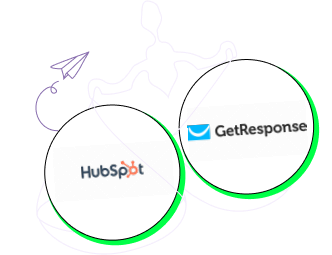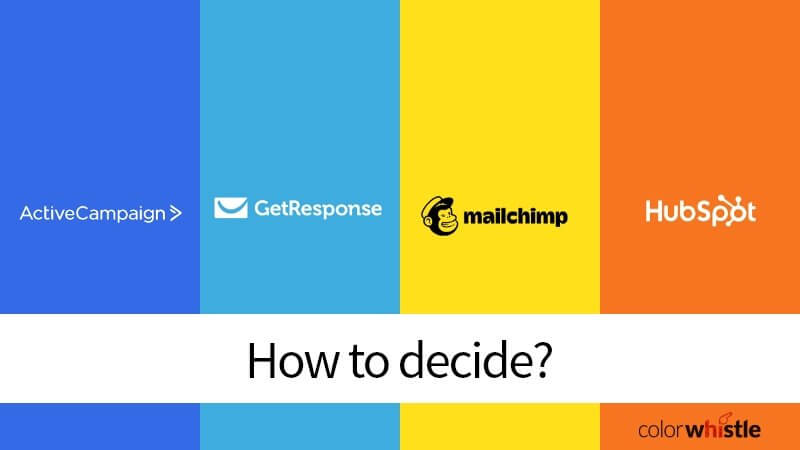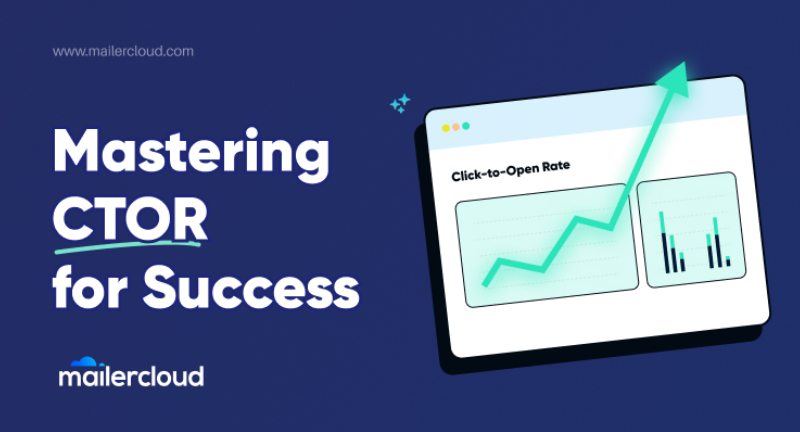HubSpot excels in comprehensive inbound marketing tools, while GetResponse offers strong email marketing features with automation. Both platforms cater to different needs for businesses.
Inbound marketing is crucial for attracting and engaging customers. HubSpot and GetResponse are popular choices among marketers. HubSpot provides an all-in-one solution with tools for content creation, SEO, social media, and analytics. Its robust CRM system integrates seamlessly with other features.
GetResponse focuses on email marketing and automation, offering tools for landing pages, webinars, and autoresponders. It also provides CRM and analytics, but with a narrower scope. Choosing the right platform depends on specific business needs and marketing strategies. Both tools can significantly enhance your inbound marketing efforts.
Feature Comparison
HubSpot and GetResponse offer robust email marketing tools. HubSpot provides advanced templates and easy-to-use editors. GetResponse also offers customizable templates and a drag-and-drop editor. Both platforms support A/B testing for emails. HubSpot excels with personalization options and smart content. GetResponse includes automation and autoresponders. Each platform allows email scheduling and tracking.
HubSpot and GetResponse have strong automation features. HubSpot offers workflows for lead nurturing and customer journeys. GetResponse provides automation templates for different scenarios. Both have trigger-based actions to engage users. HubSpot supports behavioral triggers and advanced segmentation. GetResponse includes sales funnels and CRM integration. Each tool helps with scaling marketing efforts.

Credit: selzy.com
Ease Of Use
HubSpot offers a user-friendly interface with intuitive navigation, making it ideal for beginners. GetResponse provides customizable templates, ensuring ease of use for advanced users.
User Interface
Hubspot has a clean and intuitive interface. It is easy to navigate. The dashboard is user-friendly. Getresponse also offers a simple interface. But it can feel cluttered at times. Hubspot’s design is more modern. Getresponse can improve on this aspect.
Learning Curve
Hubspot provides many tutorials and resources. These help new users get started quickly. It offers a structured learning path. Getresponse also has learning materials. But they are less comprehensive. Hubspot’s learning curve is smoother. New users can adapt faster.
Pricing Plans
HubSpot offers comprehensive features with scalable pricing, suitable for growing businesses. GetResponse provides affordable plans with robust email marketing tools, ideal for startups.
Cost Comparison
Hubspot’s pricing starts at $50 per month. This plan includes basic features. For advanced features, Hubspot charges more. Their Professional plan costs $800 per month. The Enterprise plan costs $3200 per month.
Getresponse offers cheaper options. The Basic plan starts at $15 per month. Their Plus plan costs $49 per month. The Professional plan is $99 per month. The Max plan has custom pricing.
Value For Money
Hubspot offers many features. These include CRM, email marketing, and automation. Their higher price can be worth it. Larger businesses benefit from their advanced tools.
Getresponse is cheaper. It also offers great features. These include email marketing and webinars. Small businesses find it more affordable. They also benefit from their easy-to-use tools.
Customer Support
Hubspot and Getresponse both excel in providing robust inbound marketing tools. Hubspot offers comprehensive customer support, while Getresponse focuses on user-friendly features. Choosing between them depends on your specific marketing needs and support preferences.
Support Channels
HubSpot offers support through live chat, email, and phone. The live chat is very fast. Email support is available 24/7. Phone support is helpful for complex issues.
GetResponse provides support via email, live chat, and webinars. Email support is accessible round the clock. Live chat helps quickly with small problems. Webinars offer training and advice.
Response Time
HubSpot’s response time for live chat is usually under 5 minutes. Email responses come within 24 hours. Phone support may take longer during peak times.
GetResponse live chat responses are typically within 10 minutes. Email support takes about 24 hours. Webinars are scheduled, so they may not be instant.
Integrations
HubSpot offers seamless integrations for comprehensive inbound marketing strategies. GetResponse excels with its user-friendly interface and automation capabilities.
Third-party Apps
Hubspot integrates with over 500 third-party apps. This includes popular tools like Salesforce, Slack, and Shopify. These integrations make your marketing efforts seamless. You can connect all your favorite tools in one place. This saves time and boosts productivity.
Getresponse also supports third-party apps. It integrates with over 100 tools. These include WordPress, PayPal, and Google Analytics. You can easily manage your campaigns. This ensures you have all your data in one platform.
Api Access
Hubspot offers robust API access. This allows developers to create custom solutions. You can automate tasks and fetch data easily. The API documentation is comprehensive and easy to understand. This makes integration smoother.
Getresponse provides API access as well. Developers can create tailored solutions. The API is user-friendly and well-documented. You can automate many marketing tasks. This enhances your marketing efficiency.
Analytics And Reporting
HubSpot offers detailed analytics and customizable reports, making it ideal for data-driven inbound marketing strategies. GetResponse provides straightforward, easy-to-understand analytics suitable for quick insights and effective campaign adjustments.
Dashboard Features
Both Hubspot and Getresponse offer user-friendly dashboards. These dashboards help you track key metrics easily. Hubspot’s dashboard is highly customizable. You can drag and drop widgets to see the data you need. Getresponse offers pre-built dashboards with essential metrics. Both platforms ensure you have a clear view of your campaign performance.
Data Insights
Hubspot provides detailed data insights. You can access real-time analytics to understand your audience better. Getresponse also offers comprehensive data reports. These reports help you identify trends and optimize your strategies. Both platforms allow you to export reports for further analysis. Having access to these insights is crucial for successful inbound marketing.
User Reviews
Many users love HubSpot for its easy-to-use interface. It helps organize and track leads effectively. GetResponse receives praise for its affordable pricing. Users also appreciate the email marketing features. Both tools offer excellent customer support. HubSpot and GetResponse help businesses grow and succeed.
Some users feel HubSpot is expensive. They find it hard to justify the cost. GetResponse users sometimes face deliverability issues with emails. Both platforms can be overwhelming for beginners. HubSpot has a steep learning curve. GetResponse needs better integration options. Users want more flexibility and customization.

Credit: colorwhistle.com

Credit: colorwhistle.com
Frequently Asked Questions
What Is Hubspot?
Hubspot is an all-in-one inbound marketing platform. It offers tools for email marketing, social media, and customer relationship management.
What Is Getresponse?
Getresponse is a comprehensive email marketing tool. It provides features for email automation, landing pages, and webinars.
How Do Hubspot And Getresponse Differ?
Hubspot focuses on inbound marketing with CRM tools. Getresponse emphasizes email marketing and automation with webinar features.
Which Platform Is Better For Small Businesses?
Getresponse is often better for small businesses. It is more affordable and easier to use for basic email marketing.
Conclusion
Choosing between Hubspot and Getresponse depends on your specific inbound marketing needs. Hubspot offers comprehensive tools for large businesses. Getresponse is cost-effective for smaller teams. Evaluate your goals and budget. Both platforms can significantly enhance your marketing efforts. The right choice will drive better engagement and results for your business.


